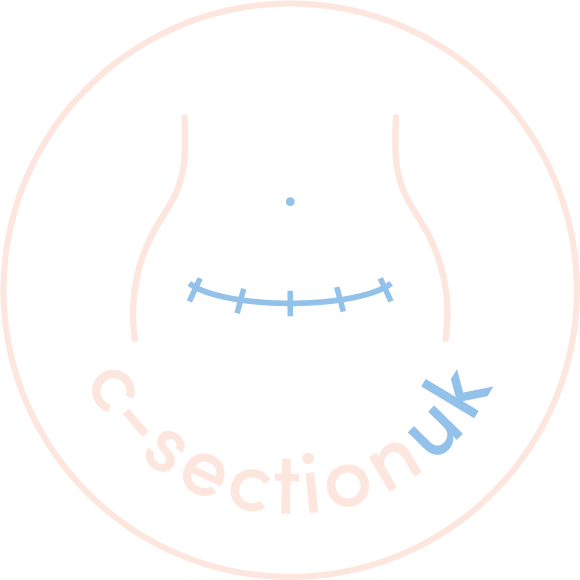Best Recovery Sleeping Positions After A C-Section (2026)
Sleep plays a vital role in postoperative healing, but many individuals find it challenging to get adequate rest after a c-section (and not only because you have a baby to care for).
This article will explore why sleeping can be difficult following a c-section and provide you with the best recovery positions to try and which positions to avoid.
Enjoy some helpful tips for achieving a better night's sleep. You'll need it!
Key challenges with sleep after a C-section
Recovering from a c-section presents several challenges that can disrupt your sleep patterns. These challenges may include:
1. Pain and discomfort
The incision site and surrounding muscles may be tender, causing discomfort when you lay down.
2. Restricted movement
Certain positions may be uncomfortable or strain the incision area, limiting your ability to find a comfortable sleeping place.
3. Disrupted sleep patterns
The demands of caring for a newborn, frequently feeding, and your level of discomfort can lead to fragmented sleep.
Best recovery sleeping positions to try after a C-section
Position 1: Side-lying with Support
Lie on your side with a pillow or cushion between your knees for support. This position helps alleviate pressure on the incision site and promotes blood circulation.
Position 2: Semi-Reclined
Prop yourself up with pillows to create a semi-reclined position. This can help reduce pressure on the incision area and provide relief.
Position 3: The "Log" Position
Lie on your back with a pillow under your knees to support and relieve pressure. This position helps maintain proper alignment and reduces strain on the incision.
Position 4: Elevated on Your Back
Place a few pillows under your upper body and head to elevate yourself slightly. This can help reduce swelling and provide relief.
Positions you should avoid
While specific positions can promote better sleep after a c-section, avoiding positions that may strain the incision site or cause discomfort is important. These positions may include:
- Sleeping flat on your stomach
- Lying completely flat on your back without support
- Sleeping with your legs elevated above your head
Ten tips for a better night's sleep after a C-section
Tip 1: Prioritise pain management
Take prescribed pain medications as directed to help manage postoperative discomfort, allowing you to sleep more comfortably.
Tip 2: Use pillows for support
Position pillows strategically to support your abdomen, back, and legs, promoting better alignment and reducing discomfort.
Tip 3: Establish a bedtime routine
Create a relaxing bedtime routine that includes activities such as a warm bath, gentle stretching, or reading to signal to your body that it's time to wind down and prepare for sleep.
Tip 4: Adjust your sleeping environment
Create a calm and soothing sleep environment by dimming the lights, minimising noise, and ensuring a comfortable room temperature.
Tip 5: Practise relaxation techniques
Engage in relaxation techniques such as deep breathing, meditation, or guided imagery to help calm your mind and promote restful sleep.
Tip 6: Separate feeding and sleeping spaces
When feeding the baby, consider having a designated space for nighttime feedings to minimise disruptions to your sleep.
Tip 7: Delegate nighttime duties
Enlist the support of your partner or a loved one to help with nighttime tasks, allowing you to get more uninterrupted sleep.
Tip 8: Nap during the day
Take short, restorative naps during the day to compensate for any sleep deficits and help you feel refreshed.
Tip 9: Stay hydrated
Drink plenty of water throughout the day to stay hydrated, as dehydration can exacerbate discomfort and disrupt sleep.
Tip 10: Seek emotional support
Discuss your feelings with your partner, friends, or support groups to express your concerns or anxieties. Sharing your feelings can help alleviate stress and promote better sleep.
Sleeping after a c-section can be challenging due to pain, discomfort, and the demands of caring for a newborn.
However, by trying the best recovery sleeping positions, avoiding positions that strain the incision, and implementing helpful tips for a better night's sleep, you can improve your sleep quality and aid your postoperative recovery.
Listen to your body and seek support from your healthcare provider if you have any concerns about your sleep or recovery process.
Written By: Midwife Laura


